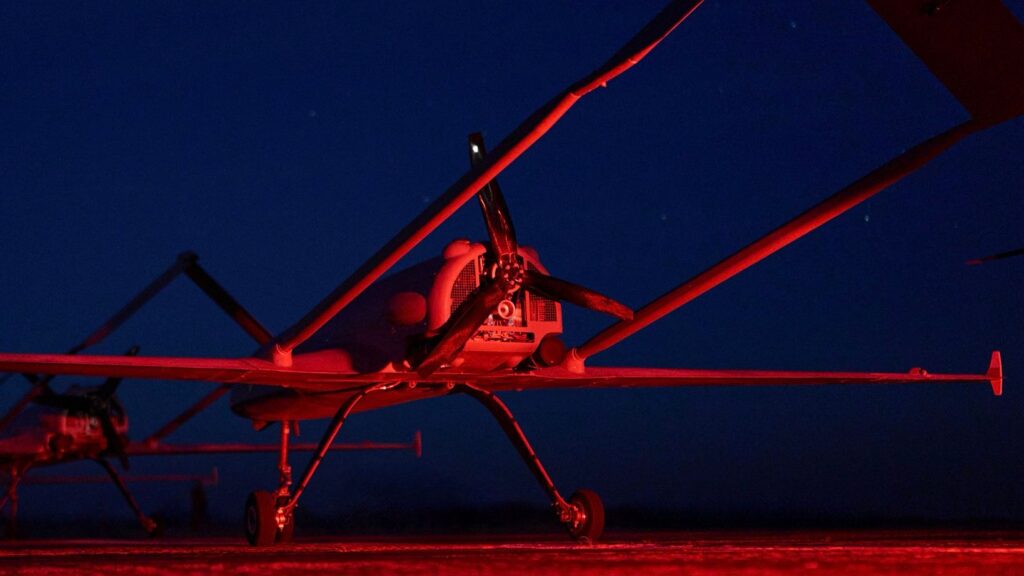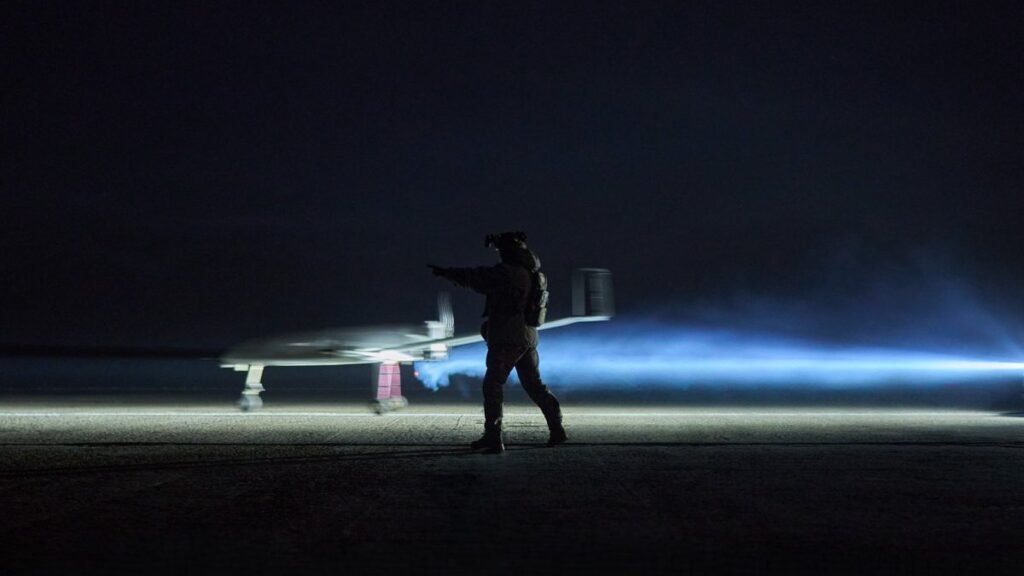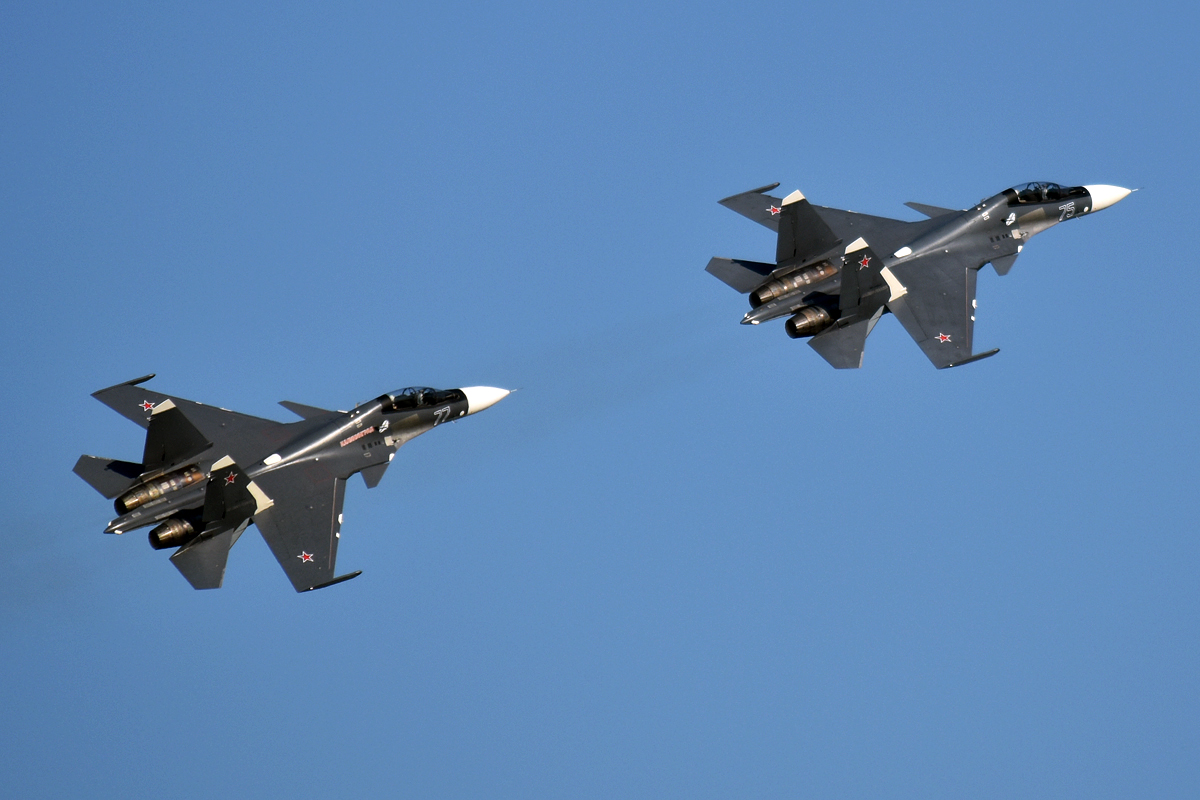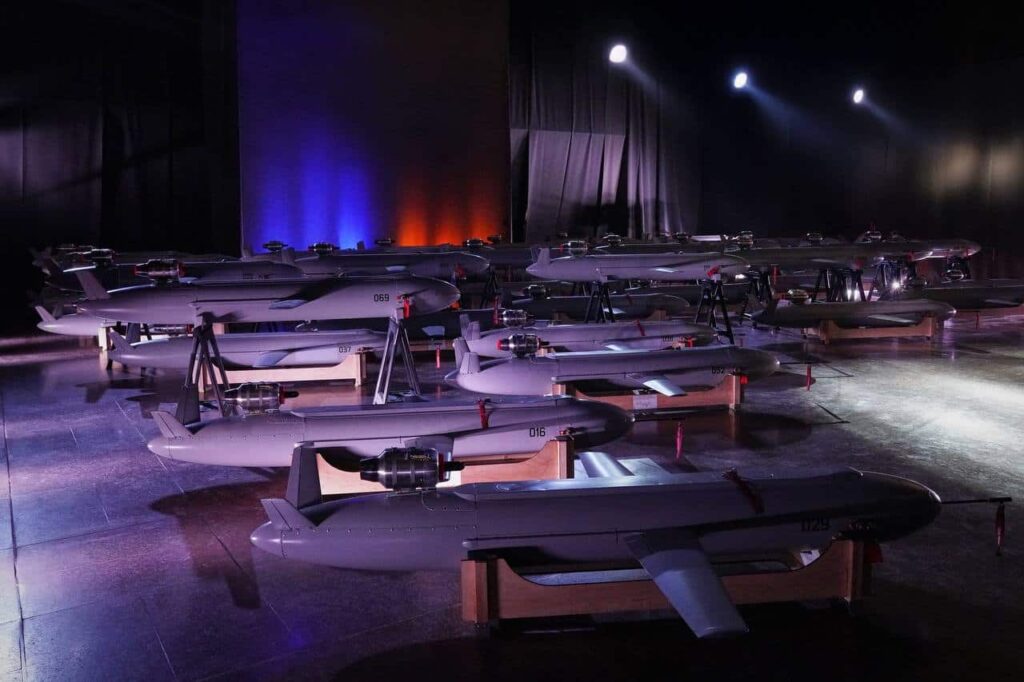Black clouds of smoke rise over Tatarstan as Ukrainian 75-kg warhead drones decimate Shahed storage 1,300 km inside Russia

Ukraine’s Security Service (SBU) confirmed on 9 August that its long-range drones struck a Shahed storage facility in Russia’s Tatarstan republic, destroying ready-to-use attack drones and foreign drone components 1,300 kilometers from the Ukrainian border.
The strike targets Russia’s expanding drone production network that now manufactures over 5,000 Shaheds monthly and launches nightly swarms of 100+ drones to build reserves before unleashing massive coordinated attacks of 500+ drones against Ukrainian cities.
Russia’s Republic of Tatarstan is home to the main production facilities for Shahed drones used by Russia. The largest factory is located near the city of Yelabuga, specifically within the Alabuga Special Economic Zone.
According to Dnipro OSINT, the strike was carried out using a Liutyi drone. This drone has carried out accurate strikes on Russian oil refineries as far as 800km into Russian territory. Ukrainian sources report that the Liutyi accounts for up to 80% of precision hits on Russian oil refineries.
Ukraine’s systematic campaign against Russian drone network
“The Security Service continues its consistent work on demilitarizing Russian military facilities deep in the enemy’s rear. Storage warehouses for ‘Shaheds’, which the enemy uses to terrorize Ukraine every night, are one of the legitimate military targets,” the SBU stated.
The agency adds that each such successful special operation reduces Russia’s ability to wage a war of aggression against Ukraine.
This strike continues Ukraine’s systematic targeting of Russia’s drone production network throughout 2025, striking warhead labs, antenna plants, and control system factories deep inside the country.
In recent months, Russia has adopted a new strategy of launching 100+ Shahed drones per night for one or two nights while producing even more daily to build up reserves.
Once stockpiles are sufficient, they unleash massive waves of over 500 drones in a single night, combining Shaheds with decoy Gerber drones designed to overwhelm air defenses and target multiple cities simultaneously.
The August 9 operation follows previous Ukrainian strikes on Shahed infrastructure, including January strikes that destroyed over 200 Shahed drones in storage facilities in Russia’s Oryol Oblast and attacks on the Yelabuga industrial zone, which houses Russia’s largest known Shahed production facility.
Russia has launched thousands of Iranian-designed Shahed drones against Ukraine since fall 2022. Western media reports each Shahed-136 drone costs as low as $20,000, making them cost-effective weapons for mass attacks on Ukrainian infrastructure and cities.







